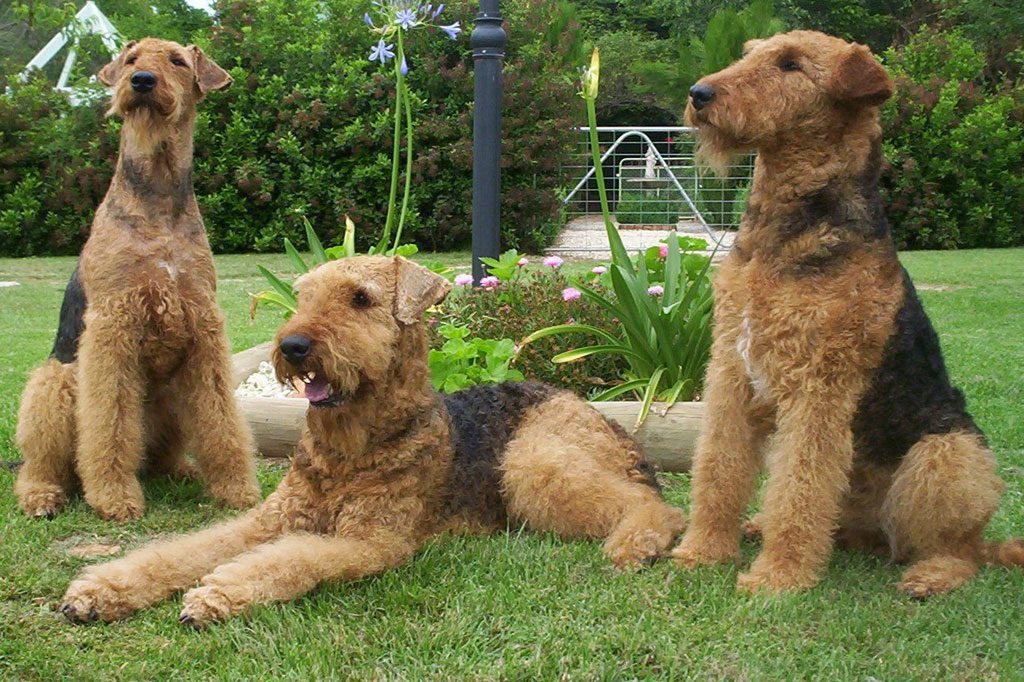Content |
|---|
History
The Greyhounds have ancient origins, since their ancestors appear in frescoes of ancient Egypt. But, the Whippet didn't show up until much later, in the 18th century or shortly before. Although everyone agrees that the Whippet is originally from Great Britain, its exact origins are the subject of debate.
Some believe it is descended from Greyhound. The smallest members of the breed were deemed insufficient for hunting and were given to farmers, and that's how the race developed, which is also known as Hound dwarf.
Others claim that their ancestors is a Italian Greyhound large, that were used for hunting. Others also believe that Italian Greyhound is related to him Whippet, but only due to the crosses made at the end of the 19th century to perfect the breed.
Last, some people who have assumed success also mention crosses with certain Spaniels.
But, The most widespread theory is that the Whippet is the result of crosses between the Greyhound and various Terriers, in particular the Manchester Terrier. Nicknamed the “hound of the poor”, it was used to hunt small animals, whether they were rats or rabbits.
But, appears in 18th century paintings of Jean-Baptiste Oudry (1686-1755), but mostly in a box Edward Haytley (1713-1764) entitled “The hunter with a Whippet“. The word Whippet had many different meanings between the 16th and 19th centuries, but it is commonly accepted that the name of the breed comes from the verb “to whip“, which in the seventeenth century meant “move quickly”.
Very popular in the 19th century with the working classes of northern England, the Whippet Greyhound was used in gambling trials in which they had to eliminate a large number of rats or rabbits as quickly as possible.. This activity ended up being prohibited, and the rodents were replaced by rag decoys that the dogs had to run after. Racing became a true sport that conquered England and then the United States. At the same time, competitors continued to use their skills on a daily basis hunting vermin and small game.
Already in 1888, the breed was recognized by the American Kennel Club (AKC), and then by him British Kennel Club (KC) in 1890. Present both at races and at dog shows, developed rapidly, gradually making its way into homes as a companion dog.
The Whippet is recognized by the main canine associations in the world. The International Cynological Federation (FCI) He did so in 1955, thus promoting its international dissemination, and almost all the large national organizations followed suit, as the United Kennel Club (UKC) American and the Canadian Kennel Club (CKC).
Today, although the races of Greyhounds have become very rare and hunting with Greyhounds is prohibited in many territories, the Whippet is still very present around the world. This is because the Whippet has been able to move away from its original role and win over the general public as a mascot.
In United States, for example, AKC registration statistics place the Whippet around the post 60 (of something less than 200) in the breed popularity ranking of the AKC.
in your country of origin, Great Britain, is even more widespread, with between 3.000 and 3.500 births reported to the KC each year.
Also in France its success is undeniable, although it is still less than on the other side of the Canal. From the age 80, Entries in the French Book of Origins (LOF) they have been around 1.000 a year, quite exceptional stability. Since the beginning of the decade 2010, this figure has not stopped increasing, approaching the 1.500 at the end of it.
Physical characteristics
Elegance blend, power and delicacy, the Whippet it's made for speed, like all races of Sighthounds. They look like Greyhound, but they are much smaller.
Her slender body is elegant, with a pronounced arch on the back, a broad, muscular back and a well-tucked belly. The legs are long, with moderate bone and fine but marked muscles. The legs are long, moderately boned, with fine but pronounced muscles, ending in oval legs with widely spread toes and strong nails. The tail is long and thin, carried up when the dog is active, but never higher than the level of the back.
Worn on a long, muscular neck, the head is thin and elongated. The stop is slightly marked, snout continues to narrow into continuation of skull. The nose is usually black, but blue tones are allowed in blue dogs, and pink in cream-colored ones. Oval eyes have a vivid expression. The ears, which are said to be in the shape of a rose, they are thin and are carried backwards or semi-erect.
The coat of the Whippet consists only of a short, thin top layer, but very closed: this dog has no undercoat. The coat can be any color or combination of colors, except the blackbird.
Last, sexual dimorphism is well marked in this breed: the male is significantly larger than the female.
Size and weight
▷ Male size: 47 – 51 cm.
▷ female size: 44 – 47 cm.
▷ Male weight: 13 kg.
▷ female weight: 12 kg
Character and skills
The Whippet he is extremely sociable and devoted to his family, with which you need to spend a lot of time – it's not a question of living outside, isolated from his family: its place is in the heart of the house, comfortably installed on a cozy cushion. Can easily suffer from separation anxiety and does not adapt to a master who is absent often.
This problem can be alleviated if he is allowed to live with one or more other dogs.. In effect, whether it is a simple meeting or living together under the same roof, the Whippet gets along very well with other dogs and, usually, is perfectly comfortable in a home where several representatives of the canine species coexist. This allows you to continue to feel part of the pack, even when their owners are working.
Their relationships with other animals are far from being so peaceful.. In fact, his hunting instinct is well anchored in him, which leads him to chase and kill cats, rabbits and other rodents. Even the ones he would have grown up with are likely to end up in his fangs one day., so that coexistence must simply be excluded.
Active, cheerful and playful, the Whippet it is an ideal companion for children, whose presence you love. But, it is better if the children are already a certain age and have learned to behave in a respectful way with a dog, as they are much less tolerant of abuse than many of their peers. In any case, as with any breed, It is not advisable to leave a small child with him without the supervision of an adult.
Active and energetic, this dog is especially so when he is young, to the point that it can be destructive. They also like to test the limits, so it is better that their family is available to take care of them and redirect them when necessary. Once they become adults, which is usually around 18 months of age, they are still very active, but they have a much calmer temperament. You need to exercise for an hour a day, but then you can sit quietly on the couch and watch TV.
In other words, whether you can exercise comfortably and spend most of your time with your family, the Whippet he is a calm and cheerful companion. But, if any of these conditions are not met, you are likely to develop various behavior problems, like chewing on anything on hand or digging.
As long as you get enough exercise, can live in a flat. But, ideally you have access to a garden where you can run and play. Yes indeed, must be perfectly closed and at a minimum height of 1,5 m, so that it does not chase the neighborhood cats or other small animals that pass by. In any case, an electronic fence installed underground would be useless, since the discharge felt would not be enough to stop it.
His hunter instinct causes him to chase any small animal he comes across, so you should always go on a leash when you go out for a walk. But, care must be taken to place the dog with a collar adapted to its morphology (greyhounds have their necks wider than their heads) or a harness, to prevent it from escaping. The risk of the dog running away is especially high in this breed, and it is absolutely impossible to catch him if he escapes, since it is capable of running at more than 50 km/h.
It is possible to allow him to stretch his legs by taking him for a run or a bike ride. But, is primarily a sprinter, not a long distance runner: find it hard to keep up over long distances.
It should be noted that the Whippet not only is he an athlete, but he also has an above-average intelligence that allows him to learn many tricks. Dog sports such as agility, obedience, the flyball or, of course, el lure coursing, they are a great way for you to show all your physical and mental qualities.
Last, he is very respectful to his neighbors, barking very little. This explains why he cannot be counted on as a guard dog., not even as a warning dog. It also, He is not one of those who complicate the life of strangers: can be a bit shy at first, but it tends to open up quickly and make them benefit from its friendly nature.
Education
Like all dogs “Sighthounds”, the Whippet benefits from socialization from an early age. By meeting all kinds of people and other dogs, but also when getting used to various everyday situations (noises, smells, city ​​walks, car trips…), gains in serenity and becomes a calm and balanced adult.
On the other hand, even when surrounded by small animals in his youth, never lose his hunting instinct. It would be useless to hope to change anything fundamentally in this regard.
It is this instinct that makes it absolutely essential to get your dog used to walking on a leash upon arrival home.. In fact, a Whippet should never be set free, except in a perfectly closed and safe environment, like a garden or a dog park. If you start chasing an animal, even perfectly integrated withdrawal orders are ignored, and nothing can distract you from your goal.
The puppy of Whippet is a bit rambunctious and likes to test limits, showing a certain stubborn streak. So, needs a firm handler who commands respect and is seen as the leader of the pack. Once the master has established his dominant position, the education of Whippet it's relatively easy. He is smart and likes to learn new tricks, so working with him is a pleasure. Of course, this is even more true if you find it interesting, because he is not obsessed with pleasing his master. So, using treats and other rewards can work wonders.
Do not forget that it is a sensitive dog, that may not respond well to traditional training methods. It is better to base your training on positive reinforcement, that reinforces his self-esteem and consolidates the relationship with his master. It is also advisable not to make the sessions last too long, so that they continue to be fun and interesting for him.
Health
The Whippet it is quite robust, with a fairly normal life expectancy for its size.
But, its short coat and lack of body fat mean that it does not tolerate cold or bad weather well. It is recommended to equip it with a dog sweater as soon as the mercury drops, and he with a raincoat in rainy weather., fits much better when you turn up the thermometer.
Among the diseases most likely to affect this breed, the most commons are:
- the waterfall, which can be hereditary and occurs when an opaque film forms in the eye. It causes a more or less rapid degradation of sight, up to total blindness., a surgical operation can treat it;
- corneal dystrophy, a clouding of the cornea that causes vision problems and is suspected of having a hereditary origin;
- the progressive retinal atrophy, an incurable inherited disease that causes progressive degeneration of the eye tissues, to complete blindness;
- the von Willebrand disease, an inherited blood clotting problem, milder forms can be controlled with medication, while the most serious cause unstoppable bleeding that requires surgery and transfusion at the slightest injury, to prevent the dog from dying from blood loss;
- the epilepsy, which is at the origin of more or less frequent and intense seizures It can be kept under control with the help of drug treatment, which generally enables affected people to lead near-normal lives;
- skin allergies, which may be signaled by redness and itching;
- small wounds and skin infections, which is fine and is covered by a rather short hair;
- of cancers;
- heart problems, that can be congenital and increase in size, to cardiac arrest resulting in death.
It also, individuals used on the racetrack are also at risk of injury in the context of this particularly intense activity: sprain, dislocation, fracture, etc.
It also, like other breeds of Greyhounds as the Greyhound, the Whippet is sensitive to anesthetics, that can cause allergies. So, surgical operations may require a specific protocol to avoid this risk.
While the list of diseases the breed is predisposed to can seem overwhelming, a study of 2004 jointly conducted by the British Kennel Club and the British Small Animal Veterinary Association over several hundred deaths of dogs of this breed found that about a quarter of them were simply caused by the advanced age of the animal.
Then there are heart problems and cancer, which together represent another quarter., half of the reported deaths are attributable to one of these three reasons.
Knowing that this breed is predisposed to various inherited diseases, adopting a serious breeder of Whippet greatly increases the chances of getting a healthy puppy and keeping it that way. In addition to a certificate of good health signed by a veterinarian and the animal's health or vaccination record, certifying that you have received all the necessary vaccinations, the professional must be able to present the results of the genetic tests carried out to the parents or the baby, to avoid the risk of inherited diseases.
It also, once the puppy has come home, you need to limit your physical activity (both in intensity and duration) throughout its growth period, which normally lasts between 12 and 18 months, so as not to risk damaging your joints or bones.
It is then recommended to check him regularly for cuts or scratches, as his skin is barely protected by his coat, is particularly prone to it.
It also, regardless of your age and even if you appear to be in excellent health, any dog ​​should be examined in detail by a veterinarian at least once a year as part of a full medical check-up, this allows a possible problem to be detected as soon as possible, of which sometimes symptoms are not yet appreciated. In addition, this is an opportunity to make sure you are up to date on your vaccinations and to carry out any necessary reminders.
At the same time, the owner must make sure to renew the different antiparasitic treatments of his dog throughout his life, so you are never unprotected., this must be done every 1 to 3 months.
Life expectancy
Of 13 to 14 years
Grooming
The Whippet Greyhound is an easy-care breed of dog.
First of all, the maintenance of its coat is very simple, since it is short and has no undercoat. A quick brushing every week is more than enough to keep it in good condition, especially since this dog sheds very little. They also do not have annual shedding periods., unlike most dogs.
In any case, brushing sessions offer a good opportunity to check the condition of your skin. In effect, its thinness and the fact that it is only covered by a thin layer of hair make it especially exposed to cuts and scratches.
If you take care of yourself regularly, the coat is usually clean and odorless, so it is seldom necessary to bathe him. Unless it gets dirty, for example, on a particularly muddy ride, bathing him once or twice a year is more than enough. Just be sure to use a shampoo specifically designed for dogs each time., as this can damage your skin.
On the other hand, weekly coat maintenance is also an opportunity to wipe their ears with a clean cloth, to prevent the buildup of wax and debris that could be a source of infection (ear infections, etc.).
You should also take the opportunity to inspect the eyes and rub the corners with a damp cloth to remove dirt..
Last, good oral hygiene requires brushing the dog's teeth at least once a week, always with a toothpaste specially designed for dogs. This prevents tartar buildup, that can cause not only bad breath, but also diseases, some of which can be serious. Ideally, do it every day..
As for the claws of the Whippet, they often tend to grow faster than they wear out, even if you spend time outside and get enough exercise. So, it is recommended to cut them every fifteen days approximately, before they are too long and risk disturbing you, but also from breaking, and even injuring you.
Although a Whippet it is relatively easy to care, it is highly recommended to learn how to do it in the presence of a professional, either a groomer or a vet. This is the best way to know the correct way to take care of your dog and avoid mishandling that can hurt or even injure it..
Food
The Whippet adapts very well to commercial dog food. The choice of products and the amount that is given each day must be done in such a way that it perfectly covers their nutritional needs and, Therefore, suits your age, size and activity level. It also, like all dogs, it is better to divide the daily ration into at least two meals.
It also, dogs used for dog competitions must follow a specific feeding program, like any athlete worth his salt.
In any case, this dog is little eaten and this, coupled with its high energy expenditure, generally protects you from the risk of obesity. But, if obesity occurred, would have serious consequences for this dog whose body is not at all made to support excess weight.
So, it is advisable to weigh your dog regularly, At least once a month, to detect any weight gain as soon as possible. If weight gain is confirmed from one measurement to another, or even increases, it is essential to consult the vet. Only a veterinarian can reliably determine the cause of the problem (diet, disease, side effects of medication, etc.) and propose a solution.
Last, like any other dog, the Whippet must have permanent access to a bowl of fresh water to quench his thirst.
Utility
Originally, the Whippet it was used to chase and kill small rodents, eliminating the rats that threatened the food supply and putting rabbit meat on the family menu. Although the Whippet has retained its hunting instincts, this is a function that it has not fulfilled for almost two centuries.
In the 19th century, the speed of more than 50 dog km / h, his blazing acceleration and his ability to change direction made him a specialist in dog racing, and crowds flocked to see representatives of the breed chase cloth lures and bet on the results, as it was done with the horses. But, the popularity of this activity decreased considerably over the years 80, to the point that today they are very scarce. The fact that gambling is now banned in most countries (including Belgium, Canada, France and Switzerland) is not, of course, A coincidence.
But, the Whippet Sighthound was also able to seduce dog show fans with its elegance in the late 19th century., and her runway success continues today. It is rare not to see one or more representatives of the breed at these events.
But, it is mainly as a companion dog that the Whippet Sighthound has made a name for itself among the general public. dedicated and smart, they delight everyone who is looking for an active companion and are sufficiently available for him.
But, should not be relied on as a watchdog or even a watchdog. Although it is always on the prowl, He is not very suspicious and he is not one of those who barks loudly.
His sociable and playful nature makes him a sought-after therapy dog, capable of brightening the daily life of people suffering from a disease, a disability or just old age.
Last, beyond the races on the track, his intelligence and athletic qualities allow him to excel in many dog ​​sports. This is the case, in particular, of decoy hunting (PVL), but also agility, flyball and obedience.
Price
The price of a puppy Whippet round the 950 EUR, but it can vary greatly from one individual to another, oscillating between 500 euros and 1200.
Regardless of location, the reputation of the kennel and the prestige of your bulls and ancestors have a great influence on the price of a Whippet. A puppy born in a reputable kennel and from a line of champions is, of course, more expensive. Of course, the individual characteristics of the puppy are also a factor, especially the closeness to the standard. This explains why there can be quite significant price differences within the same litter.
Characteristics "Whippet"
Coexistence is important that you have with your new friend. Before considering the acquisition of a dog of the breed "Whippet" you know certain factors. Not all breeds of dogs are apt to live in an apartment, you must take into account his character, their need for exercise, their interaction with other pets, their care and if you have small children, their level of tolerance towards them.
Adaptation ⓘ2.0 out of 5 stars (based on 1 review)
|
friendly dog ⓘ2.0 out of 5 stars (based on 1 review)
|
hair loss ⓘ2.0 out of 5 stars (based on 1 review)
|
|---|---|---|
Affection level ⓘ4.0 out of 5 stars (based on 1 review)
|
Need for exercise ⓘ4.0 out of 5 stars (based on 1 review)
|
Social need ⓘ3.0 out of 5 stars (based on 1 review)
|
Home ⓘ3.0 out of 5 stars (based on 1 review)
|
Toilet ⓘ1.0 out of 5 stars (based on 1 review)
|
Friendly with strangers ⓘ2.0 out of 5 stars (based on 1 review)
|
barking ⓘ1.0 out of 5 stars (based on 1 review)
|
Health ⓘ4.0 out of 5 stars (based on 1 review)
|
Territorial ⓘ3.0 out of 5 stars (based on 1 review)
|
Cat friendly ⓘ2.0 out of 5 stars (based on 1 review)
|
Intelligence ⓘ3.0 out of 5 stars (based on 1 review)
|
Versatility ⓘ3.0 out of 5 stars (based on 1 review)
|
Child friendly ⓘ5.0 out of 5 stars (based on 1 review)
|
Surveillance ⓘ2.0 out of 5 stars (based on 1 review)
|
joy ⓘ3.0 out of 5 stars (based on 1 review)
|
Images "Whippet"
Photos:
1 – Whippet by https://www.pxfuel.com/es/search?q=Whippet
2 – Puppy Whippet by andy carter, CC BY 2.0, via Wikimedia Commons
3 – Whippet by Winky, CC BY 2.0, via Wikimedia Commons
4 – Whippet by https://www.flickr.com/photos/llimaorosa/2261441243/
5 – Whippet call “Bean” by madaise, CC BY 2.0, via Wikimedia Commons
6 – Whippet by https://pixabay.com/es/photos/lebrel-sabueso-perro-canino-164118/
Videos "Whippet"
Type and recognitions:
- FCI CLASSIFICATION:
- Group :
- Section : . .
Federations:
- FCI – Group 10: Section 3: Short-haired Sighthounds ⓘ
- – AKC – Hounds Toy ⓘ
- – ANKC – (Hounds) ⓘ
- – CKC – Hounds ⓘ
- – KC – Hounds ⓘ
- – NZKC – Hounds Toy ⓘ
- – UKC – Hounds ⓘ
FCI breed standard "Whippet"
Alternative names:
1. English Whippet, Snap dog (English).
2. Lévrier nain (French).
3. Kleiner Englischer Windhund (German).
4. Whippet (Portuguese).
5. Whippet inglés (español).
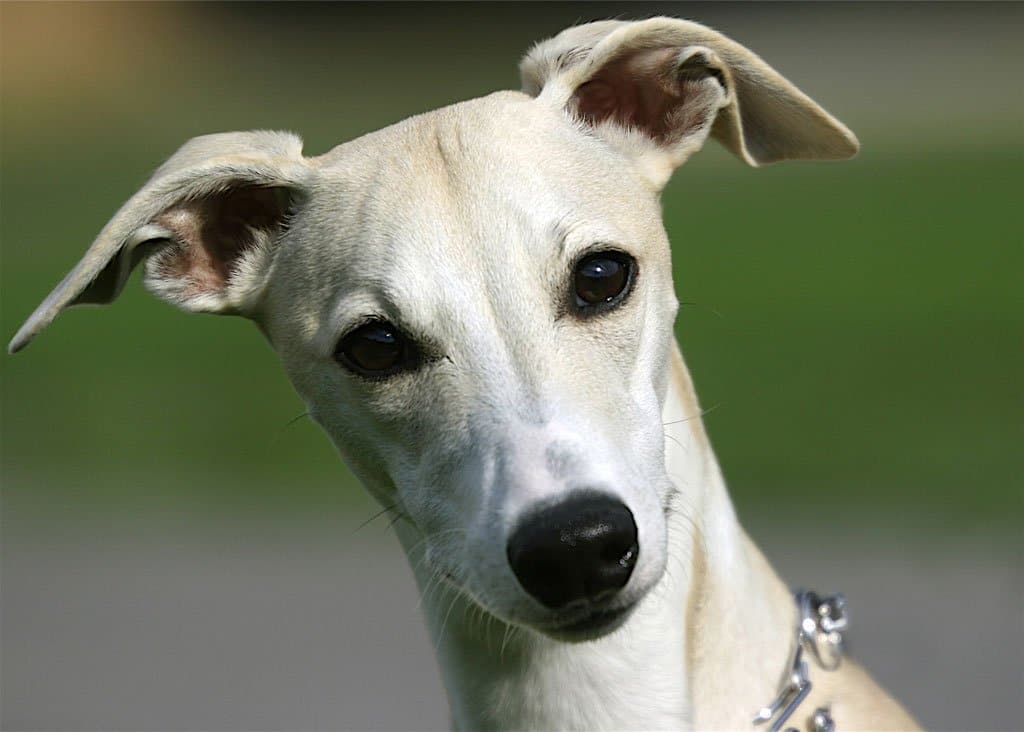




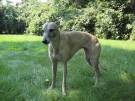

 Trustyâs Unique Shelter Journey: Pet Orphans Episode 11
Trustyâs Unique Shelter Journey: Pet Orphans Episode 11 Bassador | Bassador Playing With Black Cat | Cat Friendly Dog Breed
Bassador | Bassador Playing With Black Cat | Cat Friendly Dog Breed Boston Terrier vs. Basador
Boston Terrier vs. Basador Crazy Bassador (basset hound/labrador) playing on the couch
Crazy Bassador (basset hound/labrador) playing on the couch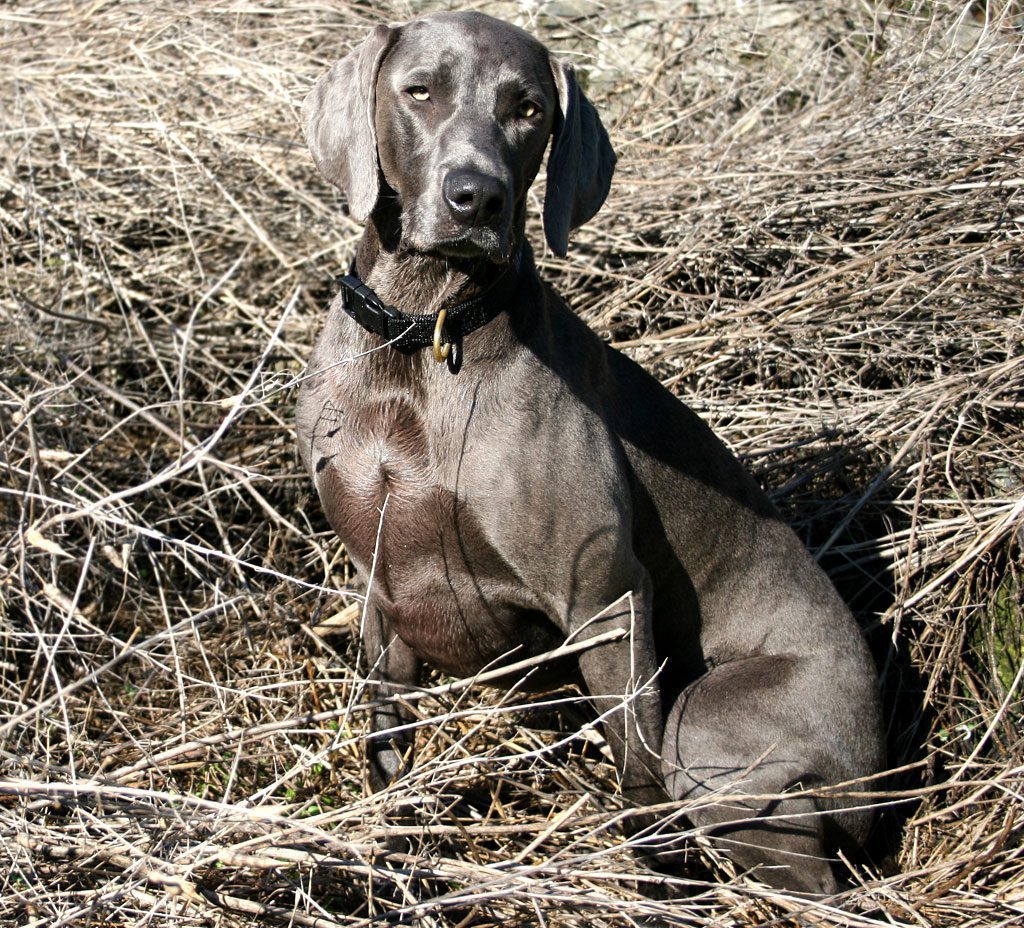



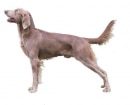

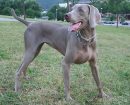

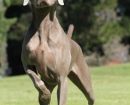

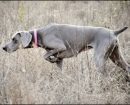


 Dogs 101 – Weimaraners
Dogs 101 – Weimaraners Weimaraners (A Tribute)
Weimaraners (A Tribute) How to keep a weimaraner busy!!
How to keep a weimaraner busy!!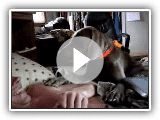 My Weimaraner Bob trying to get me out of bed
My Weimaraner Bob trying to get me out of bed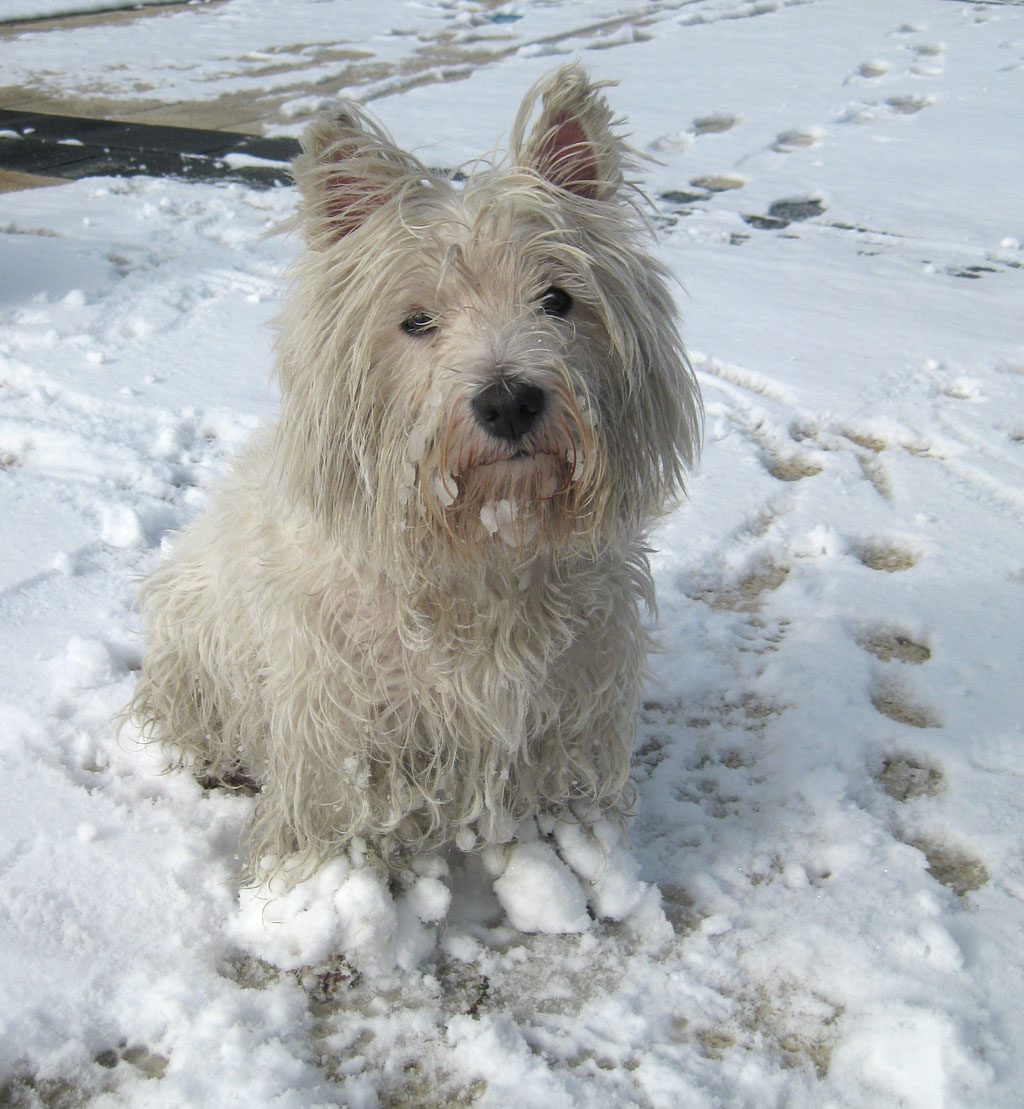
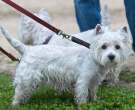
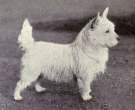
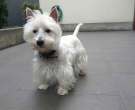

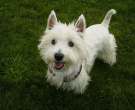
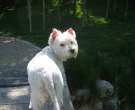
 What are Westies dogs like??
What are Westies dogs like?? 8 Interesting curiosities of the Westy Terrier
8 Interesting curiosities of the Westy Terrier West Highland White Terier – Girl, tricks, tricks 🙂
West Highland White Terier – Girl, tricks, tricks 🙂 6 weeks old westie Mina
6 weeks old westie Mina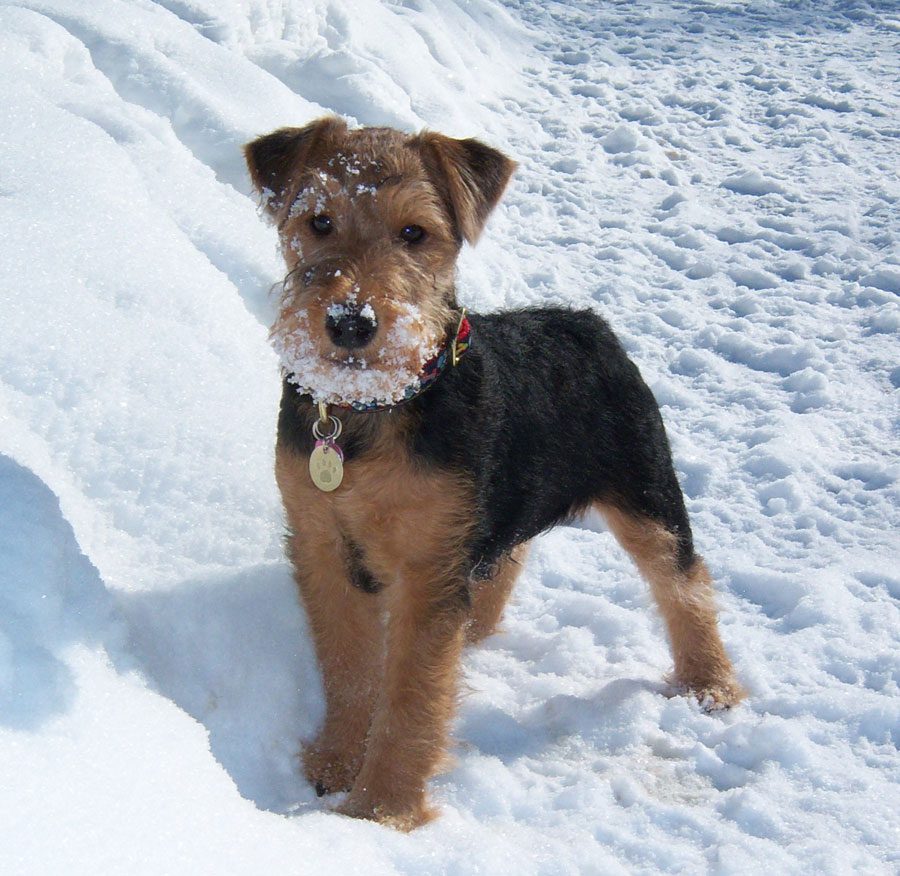
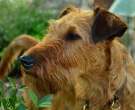
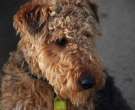


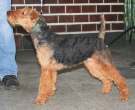

 Terrier Gales (Welsh Terrier) – Breed of dog
Terrier Gales (Welsh Terrier) – Breed of dog WELSH TERRIER DOG HAIRDRESSING – HAND STRIPPING CON ALBERT CABRERA
WELSH TERRIER DOG HAIRDRESSING – HAND STRIPPING CON ALBERT CABRERA Bruno – Welsh Terrier – 4 Weeks Residential Dog Training
Bruno – Welsh Terrier – 4 Weeks Residential Dog Training Airedale Terrier Lenny & Welsh Terrier Martin #11
Airedale Terrier Lenny & Welsh Terrier Martin #11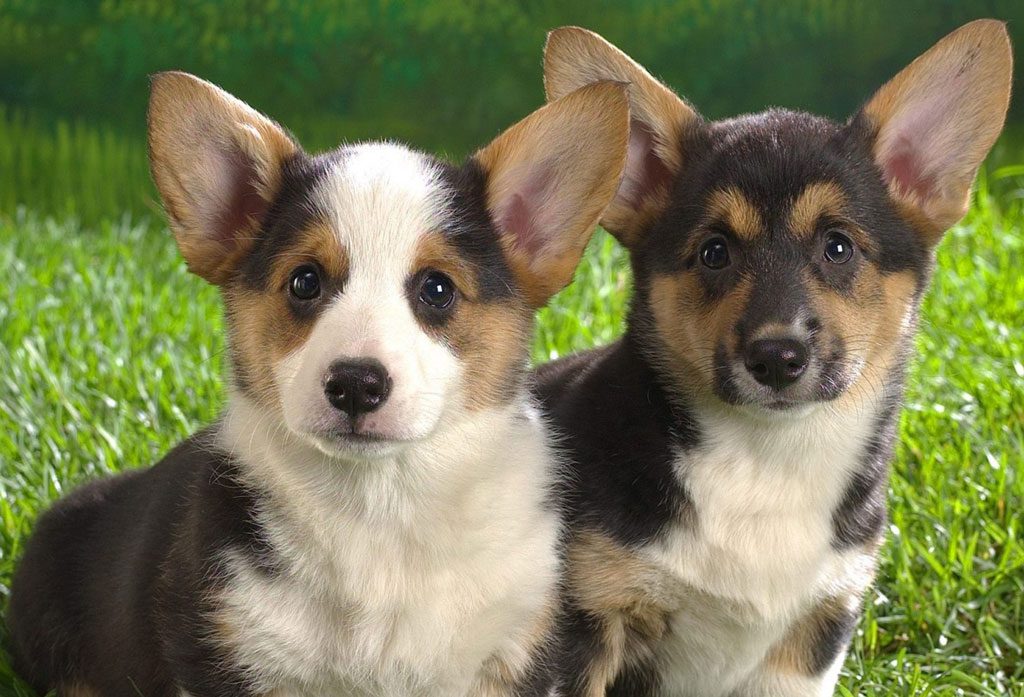
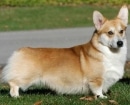

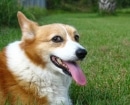
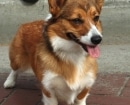
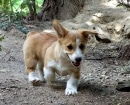


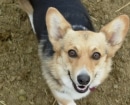
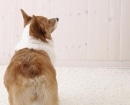
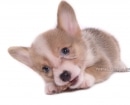
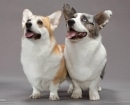
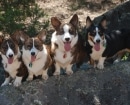
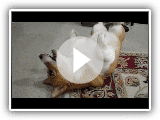 Missy the Pembroke Welsh Corgi doing silly tricks
Missy the Pembroke Welsh Corgi doing silly tricks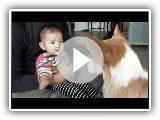 Baby vs Corgi
Baby vs Corgi corgi snow tunnel
corgi snow tunnel![dogs 101 01-03c pembroke welsh corgi [webrip lks].MKV](http://www.mascotarios.org/wp-content/uploads/2011/07/PembrokeWelshCorgi3.png) dogs 101 01-03c pembroke welsh corgi [webrip lks].MKV
dogs 101 01-03c pembroke welsh corgi [webrip lks].MKV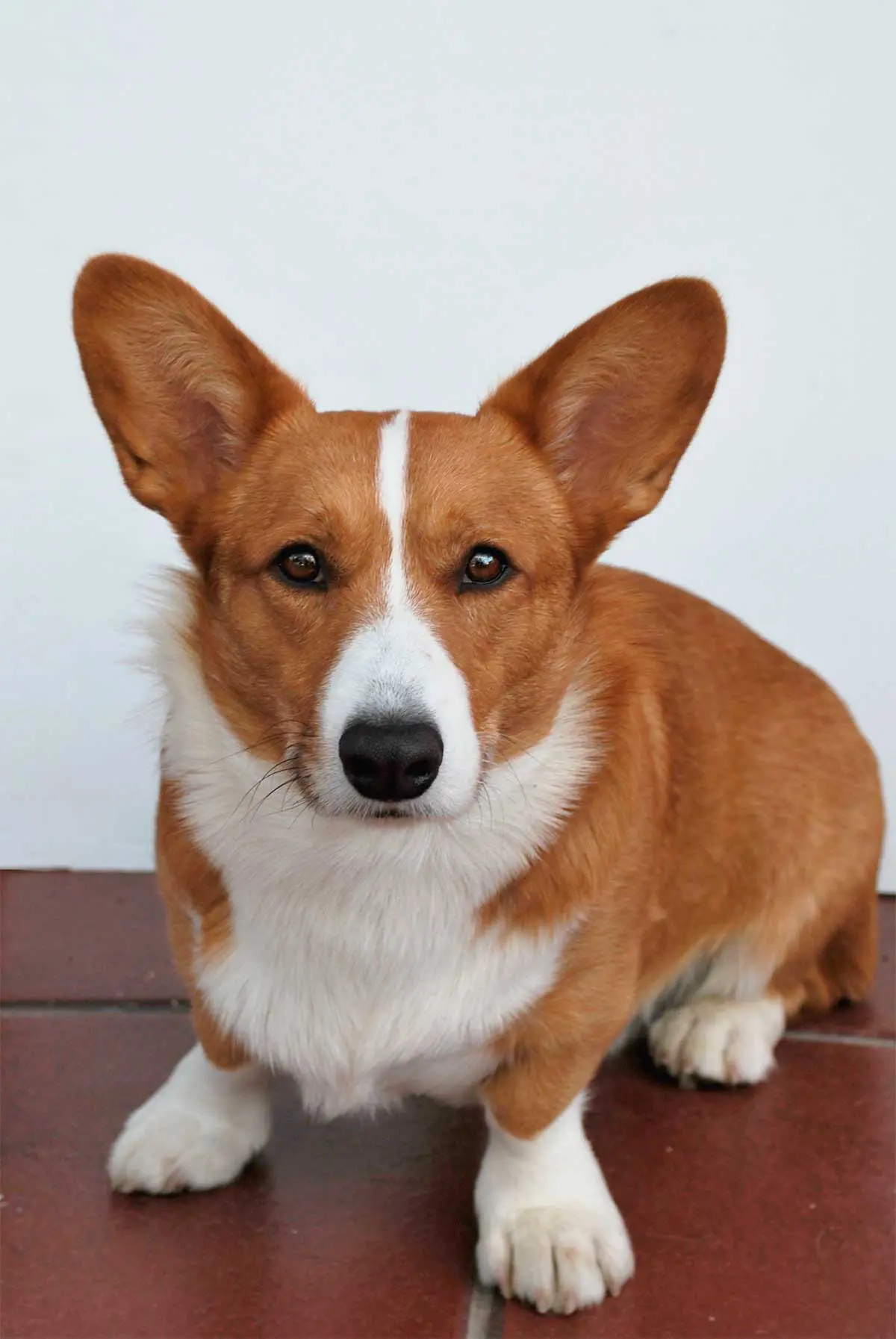
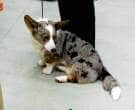
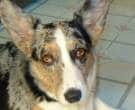
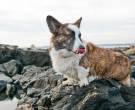
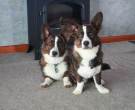
 Breed All About It – Cardigan Welsh Corgi
Breed All About It – Cardigan Welsh Corgi Cardigan Welsh Corgi – AKC Dog Breed Series
Cardigan Welsh Corgi – AKC Dog Breed Series Dogs 101- Cardigan Welsh Corgi
Dogs 101- Cardigan Welsh Corgi CARDIGAN WELSH CORGI ALL ABOUT HERDING
CARDIGAN WELSH CORGI ALL ABOUT HERDING
